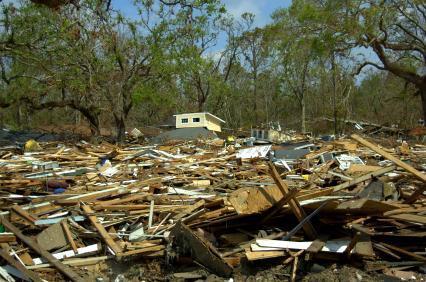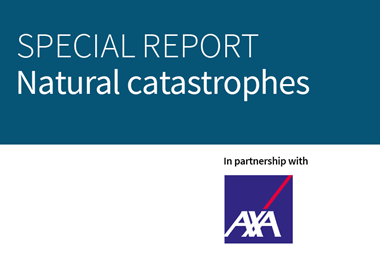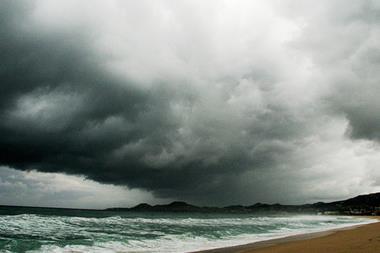Losses down to just US$44 billion in the first half of 2017, with US$23 billion worth covered by insurance

Global total economic losses from natural catastrophes and man-made disasters in the first half of 2017 were down to US$44 billion, according to preliminary sigma estimates from Swiss Re.
That was well below the first half annual average of US$120 billion of the last 10 years in economic losses. Of the total losses in the first half 2017, US$23 billion were covered by insurance.
Globally, around 4,400 people lost their lives or went missing in disaster events, compared with 4,800 in the first six months of 2016.
Out of the US$44 billion total global economic losses, natural catastrophes alone accounted for US$41 billion in the first half of 2017, compared with US$110 billion in same period last year. The remaining US$3 billion in 2017 came from man-made disasters.
The Swiss Re report also found that global insured losses from natural catastrophes fell to US$20 billion from US$30 billion the year before, while insured losses from man-made disasters were US$3 billion, down from US$6 billion.
Severe convective thunderstorms in the US resulted in the largest losses in the first six months of this year. Four separate severe weather events from February to May each caused insured losses of more than US$1 billion.
The most intense and costly event was a four-day long storm in May with heavy damage to property inflicted by hail in Colorado and strong winds in other parts of southern and central states. The economic losses of this storm alone were US$2.2 billion, with insured losses of US$1.9 billion.
“Fortunately, in the US, most households and businesses are insured against wind risk so they are financially protected when severe storms strike,” says Swiss Re’s chief economist Kurt Karl.
Other large events included floods in Peru, and severe frost damage in late spring in the southeastern part of the US and in Europe. At the beginning of the year, there was also a cold spell throughout Europe that claimed dozens of hypothermia victims.




















No comments yet